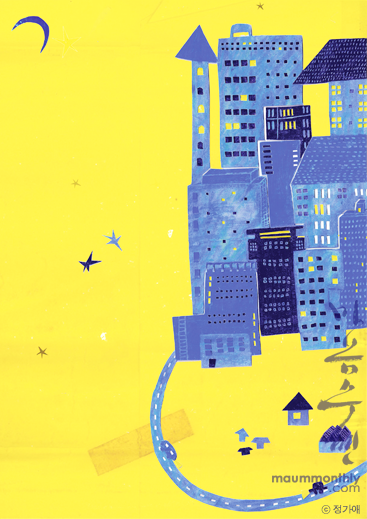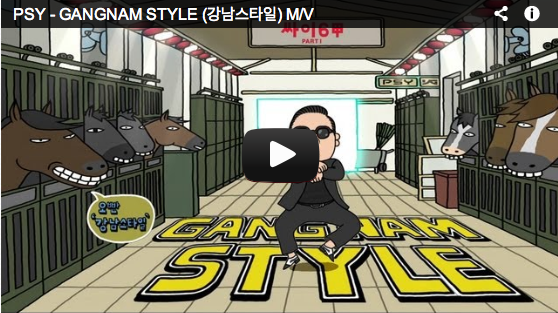What comes to your mind when you think of an ant?
A convoy of food that is several times as large as one’s body.
Ants who always work diligently.
Like in the fairy tale ‘An Ant and A Grasshopper,’ the ant is a symbol of hard work.
But if you look closely, not all worker ants work hard.
Unexpectedly, there are only 20 percent of ants that work and there are as many as 80 percent of lazy ants pretending to work.

The funny thing is, when we put all the 20 percent of hard working ants together to work, they all work very hard at first, but over time they are divided into the 20:80 ratio. It’s the same way if we were to gather the 80 percent ants who were part of the playing, lazy ants.
The first person to discover this theory is the Italian economist Bilfredo Pareto who happened to observe the ants.
Pareto also found that these 20:80 rules equally apply to our human society.
For example, 20 percent of workers in the workplace complete 80 percent of the total work, 20 percent of consumers make up 80 percent of the sales, and 20 percent of the population make up 80 percent of the world’s wealth.
So eighty percent of the total results come from 20 percent of the total.
Even the happy period a person feels is 20 percent of life, and during the other 80 percent of life they feel bad luck, anxiety, pain, envy and jealousy.
And it turns out you know, even those little worker ants seem to ask to us, “Well, do you want to live as one of the 20 percent? Or do you want to live as one of the 80 percent?”
The spring sun is bright.
Sitting under the sun while looking at the ants, I try to give an answer.
“What is there in life? It is an once-in-a-lifetime life, so let’s live as one of the 20 percent.”

Source: maummonthly.com





